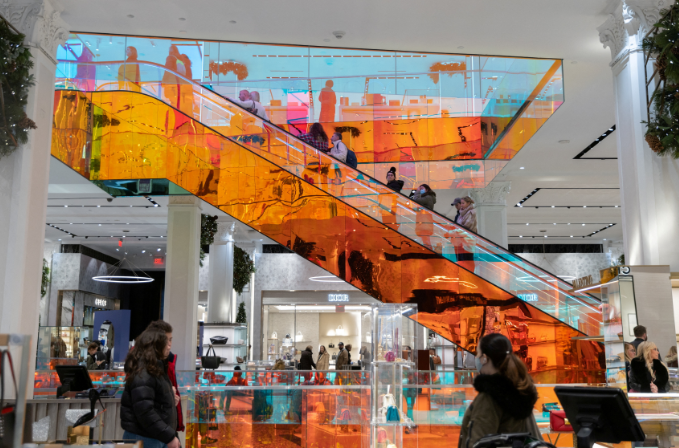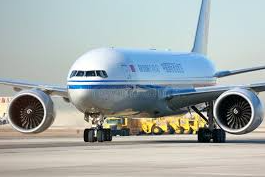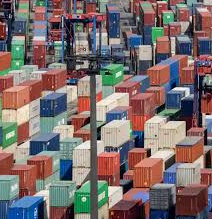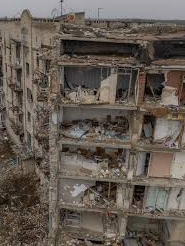With Demand Struggling in Europe and China, the US Becomes the Driving Force in Luxury Growth
The luxury industry, which had long prioritised Asian markets, is now rediscovering America as a key growth driver. From Gucci’s expansive 10,000-square-foot store in SoHo to Hermes’ flagship in a New Jersey mega-mall, American consumers are fueling the return of luxury. This shift is timely, as disruptions in China and Europe, due to Shanghai’s lockdown and the ongoing Ukraine conflict, have led luxury brands to look towards the US market.
In 2021, the US outpaced China in terms of luxury growth. Boosted by soaring stock markets, cryptocurrency wealth, and government stimulus cheques, more Americans indulged in high-end purchases. Luxury goods weren’t limited to fashion—art sales also surged, contributing to a market that exceeded pre-pandemic levels.
Changes in American demographics, influenced by the pandemic, have also contributed to this boom. Many affluent individuals moved from cities like New York and Los Angeles to suburban areas such as Florida, Texas, and Arizona, expanding luxury demand to regions previously overlooked. This migration has sparked competition for premium retail space, driving up rents in key locations.
Luxury brands, which once focused on iconic flagship stores in places like Fifth Avenue and Rodeo Drive, are now seeking space in suburban malls and affluent neighbourhoods. Some brands, like French luxury group Kering SA, are even opening stores in upscale resort towns. Shoplifting incidents in city centres, particularly in Los Angeles and Chicago, have also led brands to reconsider their retail strategies, favouring more secure suburban areas.
Kering has notably expanded its Gucci outlets across the US, including in Austin and the American Dream mall in New Jersey. Similarly, LVMH Moet Hennessy Louis Vuitton SE, which generates around 26% of its sales from the US, has opened new locations, such as a Louis Vuitton boutique in Hudson Yards, Manhattan, and is refurbishing Tiffany stores after acquiring the brand. These moves reflect the confidence luxury giants have in the US market.
Other companies, such as the Lanvin Group, are also betting on the US, with plans to list on the New York Stock Exchange and open 200 new stores globally in the next three years.
Despite the optimism, there are risks. The global economic outlook is becoming more uncertain, and a downturn in stock markets and cryptocurrency values could dampen luxury demand. Although the ultra-wealthy may remain relatively insulated from inflation, more modest consumers may prioritize essentials over discretionary luxury items.
Furthermore, the US remains the luxury industry’s best hope, as the situation in other regions worsens. Luxury brands have pulled out of Russia, but the loss of revenue there is minimal, accounting for less than 5% of global sales. However, Europe’s luxury market could still face challenges, particularly as US and Asian tourists may become more hesitant to visit due to economic and geopolitical concerns.
The luxury sector’s biggest challenge, however, lies in China. Following the lockdown in Shanghai and concerns over President Xi Jinping’s Common Prosperity initiative, the future of the luxury market in China remains uncertain. Despite this, US cities like New York are thriving as temporary stand-ins for global luxury demand, with affluent shoppers flocking to the city’s upscale boutiques.
For now, the US is proving to be a vital lifeline for the luxury industry, but its long-term prospects depend on the global recovery and the future of key markets like China.








